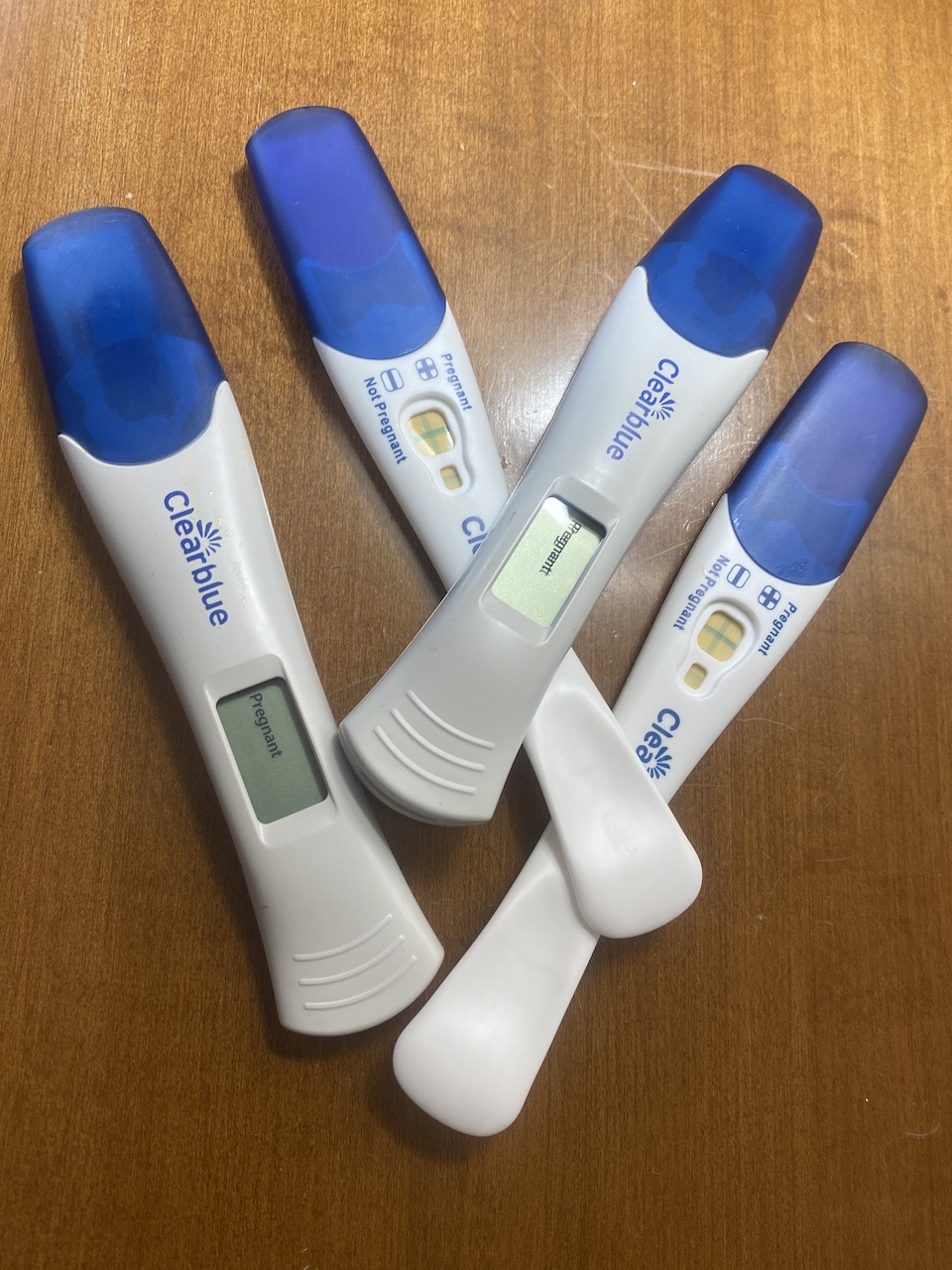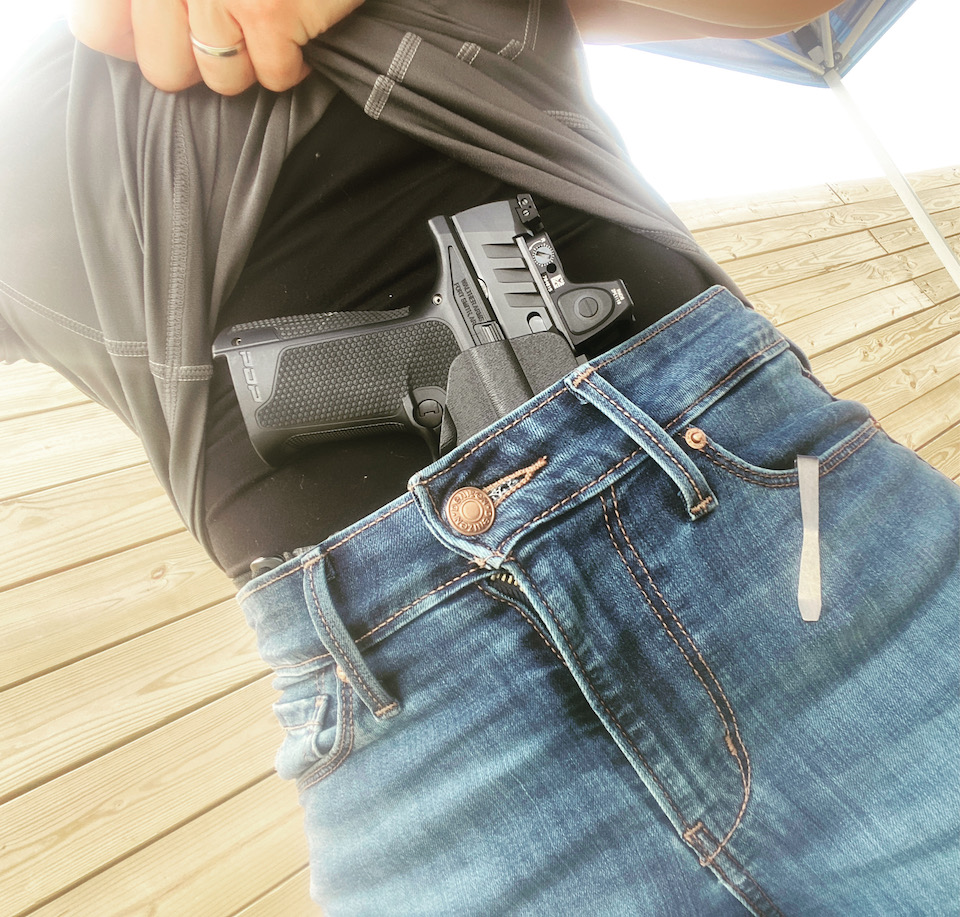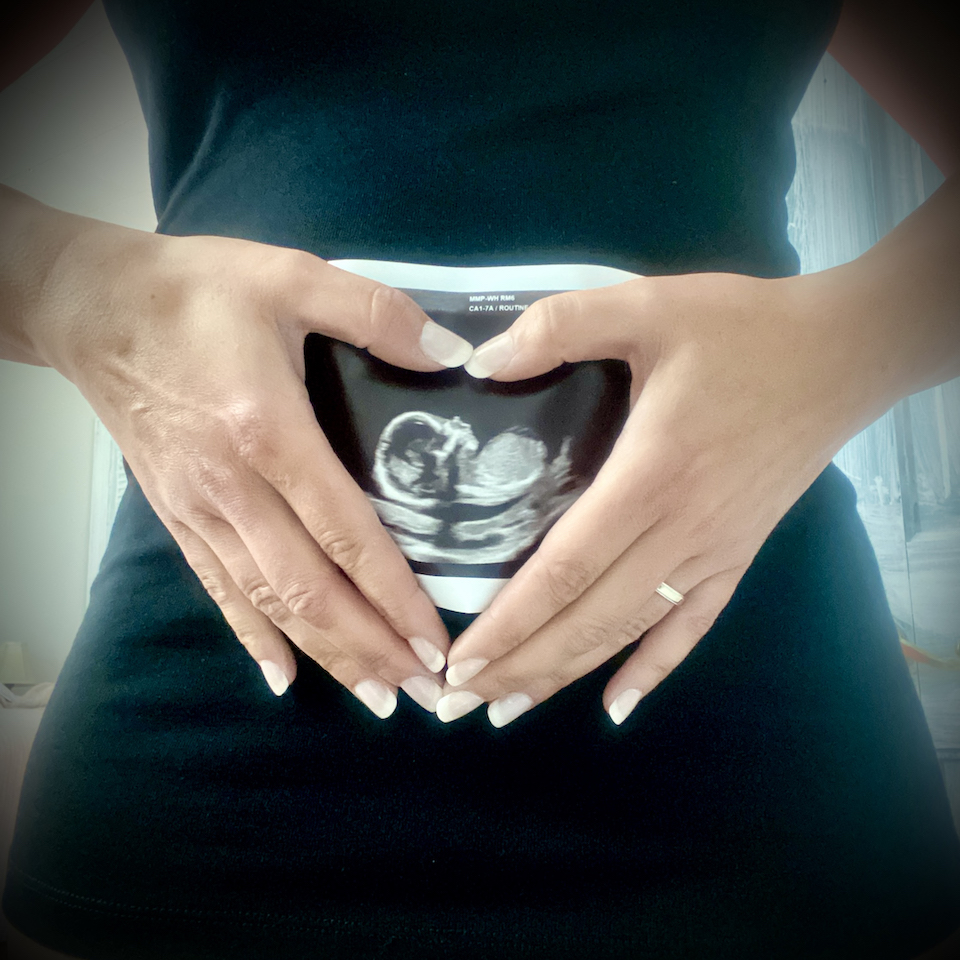From the moment the ClearBlue test read PREGNANT, concealed carrying was no longer a choice for just myself; I was now literally carrying for two. Conversations about health and safety have taken on a whole new meaning. Each trimester poses new challenges and opportunities for expectant gunslinging mamass to nurture their babies-to-be while staying true to a concealed carry and safety-first lifestyle. This series is dedicated to an overview of some hot topics related to adapting concealment throughout pregnancy in hopes that other expectant mothers and families can continue to be their own first responders.
Sponsored by Walther Arms
Surprise, you’re having a baby! Most women confirm they are expecting somewhere between the 8th and 12th week of gestation. If you weren’t planning this pregnancy and are a concealed carrier or shooter, then Baby has already “worn a gun” and has probably taken a few trips to the range. However, if you’ve been trying to conceive and preparing in advance for pregnancy, your approach to shooting may have been one of the first things to change. Either way, the first trimester is a time of discovery, planning, and preparation for the big adaptations coming your way.

Though your body hasn’t yet taken on the iconic watermelon-belly profile of pregnancy, it is undergoing massive unseen changes that directly impact how you carry and shoot. For concealed carriers, not much has or needs to change – yet. Carrying in your regular inside-the-waistband (IWB), outside-the-waistband (OWB) appendix, or other location need not be adjusted. You could say that it’s business as usual for now. Live-fire activities, however, are about to change.

Your personal health and how your diet, hydration, physicality and pre-existing medical conditions may impact your growing baby are at the forefront of conversations with your OB doctor. For shooters, lead exposure now takes on a whole new meaning. Lead management is a part of the range safety conversation – especially for women. In addition to the negative health issues resulting from elevated lead levels in the body, research has shown that lead can cross the placental barrier and negatively affect a developing fetus. Later in life, it can also increase the chances and severity of osteoporosis in older women. Practicing good lead management hygiene is a must, pregnant or not.
Basic Lead Management Safety Tips

While there is no conclusive study on what amount of exposure is harmful to a growing baby, all doctors and scientific white paper studies agree that zero exposure to lead is best. Indoor shooting ranges become a no-go even with state-of-the-art ventilation systems. Cleaning your guns is something you now get to outsource to a spouse, range buddy or sonic cleaning tank. At some point in the first trimester, a pregnant gunslinging mama will have to decide when to stop shooting live fire and explore other lead-free training options.
Also significant to consider are the typical symptoms of first-trimester life. Many mamas experience waves of fatigue, sometimes so severe it requires pulling over to rest if they are driving or lying down so as not to pass out. Not everyone gets the Hollywood dramatized “morning sickness” or experiences it similarly. Dizzy spells and nausea sent me running from the range on several occasions to keep from tossing my cookies or losing consciousness while on the line. These were early clues something was up with me physically and what prompted that first pregnancy test. Listen to your body closely, consult your doctor, and prioritize your health.
Tatiana Whitlock provides educational opportunities for the new gun owner and experienced shooter through concealed carry, handgun, rifle and shotgun programs offered at ranges nationwide. She is also a Walther-sponsored professional shooter. Visit her website.
The Women's Outdoor News, aka The WON, features news, reviews and stories about women who are shooting, hunting, fishing and actively engaging in outdoor adventure. This publication is for women, by women. View all posts by The WON